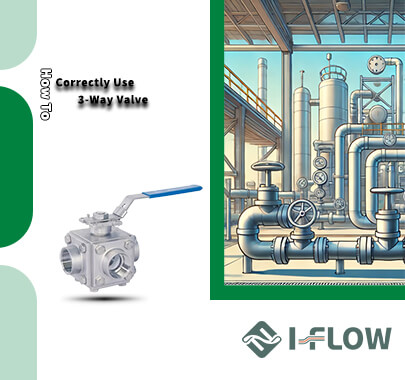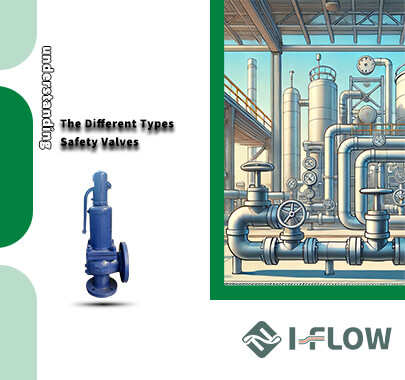When it comes to fluid control systems, gate valves and check valves serve different yet complementary roles. Recognizing their unique characteristics is essential for selecting the appropriate valve for your needs.
Purpose and Functionality
Gate Valve:A gate valve is primarily used for isolating fluid flow. Its primary function is to allow or completely stop the flow of liquid or gas. It is designed for applications where an uninterrupted flow or full shutoff is required, making it particularly effective in systems requiring minimal flow resistance. Gate valves are unsuitable for regulating flow because partial opening can lead to turbulence, wear, and uneven pressure distribution.
Check Valve:A check valve ensures that fluid flows in one direction only, automatically preventing backflow without manual intervention. It is crucial in systems that rely on maintaining forward flow, such as pump discharge lines. Check valves protect critical components, like pumps and compressors, from damage caused by reverse flow, contributing to overall system efficiency and reliability.
Operational Mechanism
Gate Valve:Gate valves feature a vertical-moving gate or wedge controlled by a threaded stem. Turning the handwheel or operating the actuator moves the gate up or down, allowing or stopping the flow. This design ensures a straight-through passage when fully open, which minimizes flow resistance. The operational time is slower, especially in large valves, but this deliberate control makes gate valves ideal for on-off service.
Check Valve:Check valves operate using fluid pressure to control a disc, ball, or swing mechanism. When the fluid flows in the correct direction, the pressure forces the mechanism open. If the flow reverses or pressure drops, the mechanism automatically closes, preventing backflow. This autonomous operation makes check valves highly reliable in preventing contamination, equipment damage, or pipeline inefficiencies caused by reverse flow.
Design and Structure
Gate Valve:Gate valves are typically larger and more complex, with multiple components such as the gate, stem, seats, and bonnet. Available in rising or non-rising stem configurations, their design supports high-pressure environments and ensures a secure seal when closed. The robust body is often constructed from durable materials like cast iron, stainless steel, or alloy steel, suitable for a range of industrial applications.
Check Valve:Check valves have a simpler structure, consisting of a body, disc, and seat. The design varies depending on the type, such as swing, lift, or ball check valves, but all aim to achieve one-way flow with minimal components. Their compact and straightforward design reduces the likelihood of mechanical failures, making them ideal for continuous, low-maintenance operations.
Applications
Gate Valve:Gate valves are used in applications requiring full isolation of fluid, such as water distribution, oil and gas pipelines, and chemical processing systems. They are particularly effective in high-pressure pipelines where a low-pressure drop is desired. However, they are not suitable for frequent operation or throttling purposes, as this can lead to gate damage and leakage over time.
Check Valve:Check valves are essential in systems where backflow prevention is critical. They are widely used in pump discharge lines to prevent reverse flow, protecting equipment and maintaining efficiency. Industries such as HVAC, water treatment, and petrochemicals rely on check valves to ensure safety and avoid cross-contamination in pipelines.
Performance Advantages
Gate Valve:Provides a smooth, unobstructed flow path when fully open.
Operates effectively in high-pressure and high-temperature conditions.
Offers durability for long-term use in infrequently operated systems.
Check Valve:Automatically prevents backflow without manual intervention.
Ensures equipment safety and reduces maintenance costs.
Compact and lightweight, making it easy to install in space-limited areas.
Limitations to Consider
Gate Valve:Ineffective for throttling or frequent adjustments.
Requires manual or actuator operation, leading to slower response times.
Check Valve:Not suitable for applications requiring manual control of flow.
Improper sizing can lead to issues like vibration, noise, or “chattering.”
Selecting the Right Valve
Choose a Gate Valve:When your application demands full isolation of flow in pipelines and the system does not require frequent adjustments or throttling.
Choose a Check Valve:When backflow prevention is essential for protecting sensitive equipment and ensuring system efficiency.

.png)
 en |
en |














